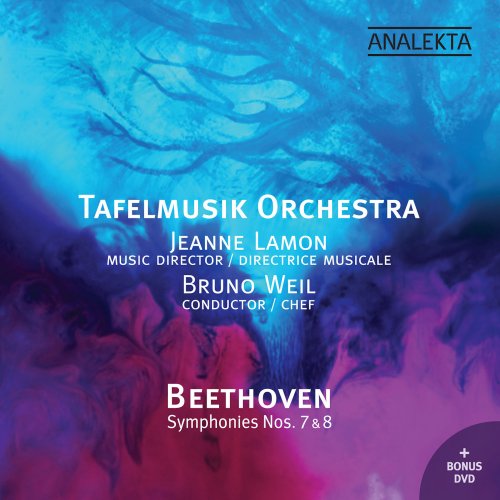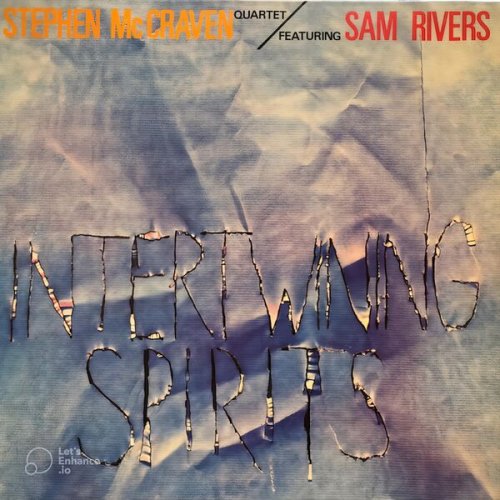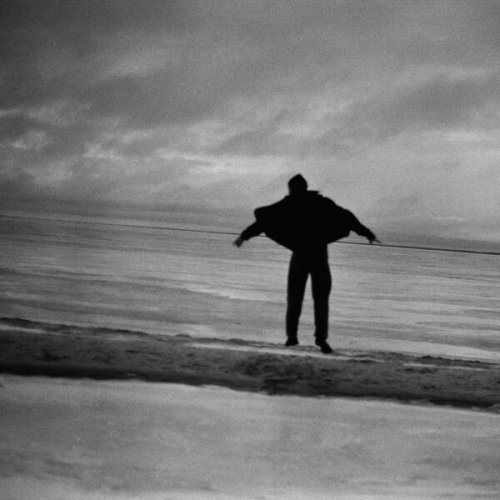Jeanne Lamon, Tafelmusik Baroque Orchestra, Bruno Weil - Beethoven: Symphonies Nos. 7 & 8 (2008)

Artist: Jeanne Lamon, Tafelmusik Baroque Orchestra, Bruno Weil
Title: Beethoven: Symphonies Nos. 7 & 8
Year Of Release: 2008
Label: Analekta
Genre: Classical
Quality: FLAC (tracks)
Total Time: 01:04:01
Total Size: 311 Mb
WebSite: Album Preview
Tracklist: Title: Beethoven: Symphonies Nos. 7 & 8
Year Of Release: 2008
Label: Analekta
Genre: Classical
Quality: FLAC (tracks)
Total Time: 01:04:01
Total Size: 311 Mb
WebSite: Album Preview
Symphony No. 8 in F major, Op. 93 (Ludwig van Beethoven)
1. Symphony No. 8 in F Major, Op. 93: I. Allegro vivace e con brio 09:02
2. Symphony No. 8 in F Major, Op. 93: II. Scherzando 04:04
3. Symphony No. 8 in F Major, Op. 93: III. Tempo di Menuetto 04:54
4. Symphony No. 8 in F Major, Op. 93: IV. Allegro vivace 06:50
Symphony No. 7 in A major, Op. 92 (Ludwig van Beethoven)
5. Symphony No. 7 in A Major, Op. 92: I. Poco sostenuto - Vivace 14:03
6. Symphony No. 7 in A Major, Op. 92: II. Allegretto 08:34
7. Symphony No. 7 in A Major, Op. 92: III. Presto 08:25
8. Symphony No. 7 in A Major, Op. 92: IV. Allegro con brio 08:09
Performers:
Tafelmusik Baroque Orchestra
Bruno Weil
Jeanne Lamon
Following their recording of Beethoven’s Symphonies Nos. 5 & 6 (winner of the JUNO for “Classical Album Of the Year: Large Ensemble”), Tafelmusik Orchestra directed by Maestro Bruno Weil presents Beethoven’s Seventh and Eighth Symphonies. Bruno Weil’s renown as one of the leading conductors of Viennese classical music has been established through guest appearances with major international orchestras and numerous recordings.
Seventh and Eighth Symphonies by Ludwig van Beethoven (1770-1827) were completed in close succession during the spring and summer of 1812. Like fraternal twins, the two works have outwardly different characters – drama and comedy, respectively – but the proximity of their conception is revealed in many technical details and procedures.
Seventh and Eighth Symphonies by Ludwig van Beethoven (1770-1827) were completed in close succession during the spring and summer of 1812. Like fraternal twins, the two works have outwardly different characters – drama and comedy, respectively – but the proximity of their conception is revealed in many technical details and procedures.

![Gonzalo Rubalcaba - Gonzalo Plays PIino (2025) [Hi-Res] Gonzalo Rubalcaba - Gonzalo Plays PIino (2025) [Hi-Res]](https://www.dibpic.com/uploads/posts/2025-12/1766206867_folder.jpg)




![LRK Trio, Elizaveta Korneyeva and Euphoria Orchestra - LRK Orchestra (2025) [Hi-Res] LRK Trio, Elizaveta Korneyeva and Euphoria Orchestra - LRK Orchestra (2025) [Hi-Res]](https://www.dibpic.com/uploads/posts/2025-12/1766210674_qm8oj75twl1x5_600.jpg)

